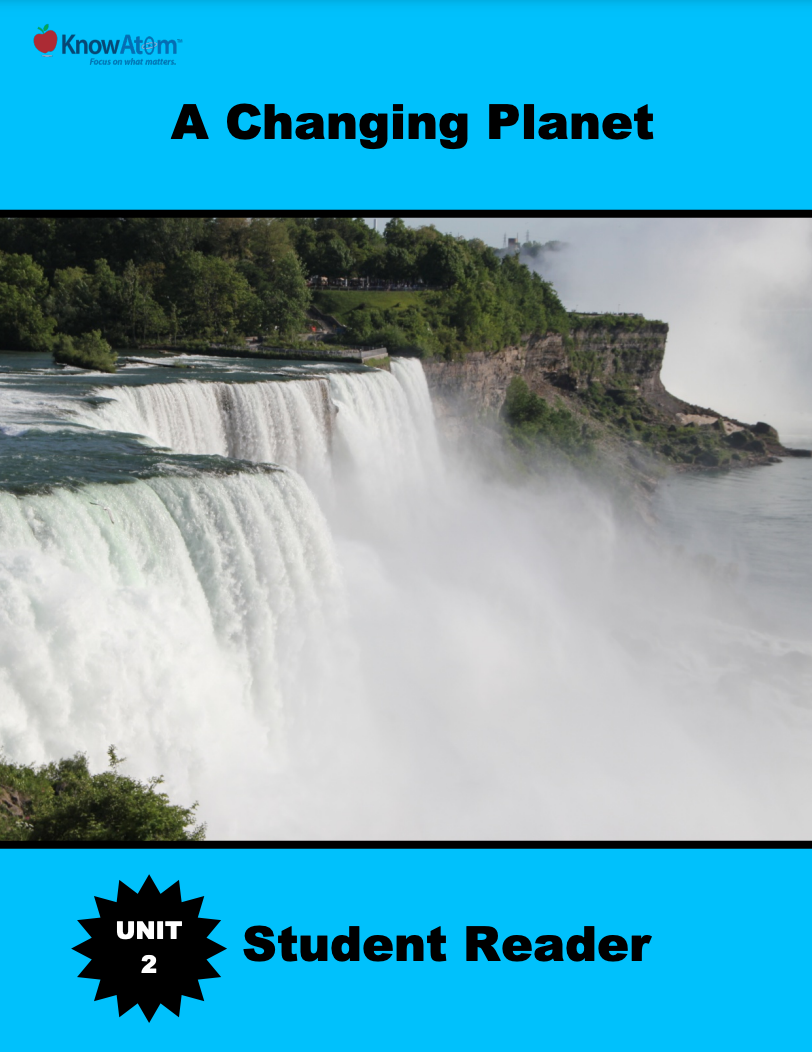
In the last unit, students explored the properties of different kinds of matter, connecting a material’s properties with the functions for which it is used. In this unit, students focus on Earth materials and the science phenomena of processes that change them (specifically weathering and erosion).
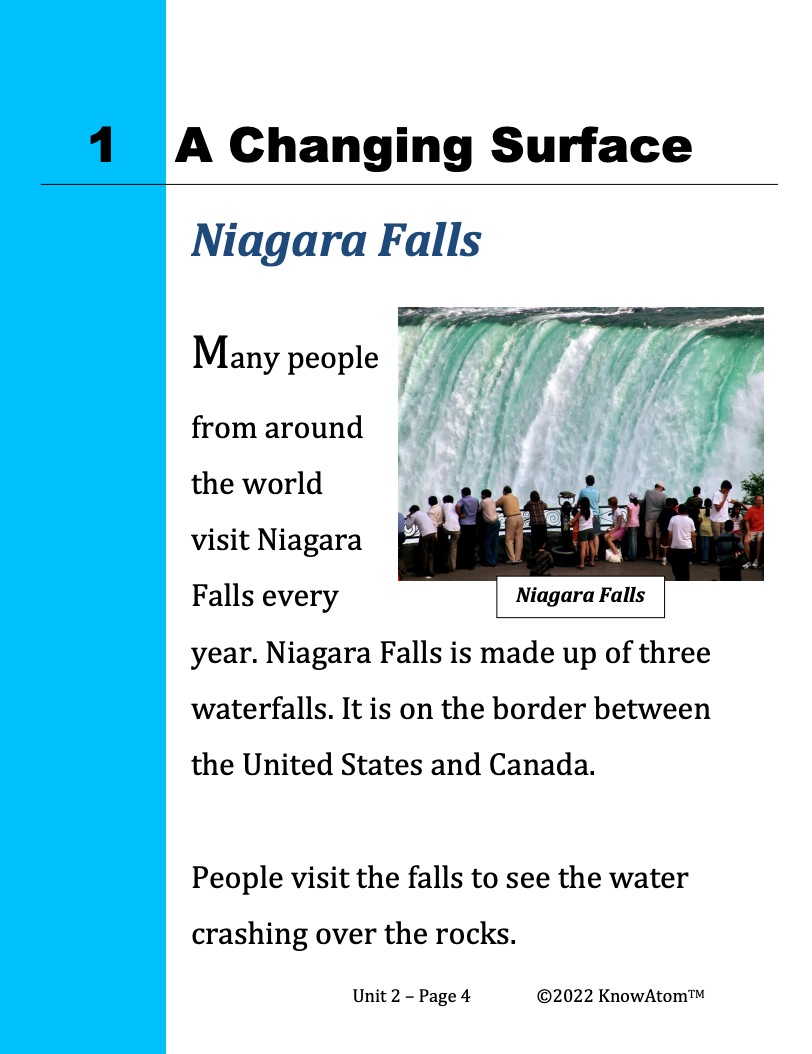
In this unit, students explore the science phenomena of different processes that change Earth’s surface over time. Once students have investigated how wind and water change the shape of the land, they use their scientific knowledge to engineer a solution that prevents rainwater from washing away a sandy hillside. This page showcases key components of this lesson.
.png)
In this unit, students use what they know about the relationship between energy and matter to investigate phenomena of how energy powers the cycling of Earth materials. They begin with this lesson on modeling the Earth processes that form different kinds of rock. This page provides an overview of this lesson.
.png)
In this unit, students explore phenomena of natural processes that cause Earth’s surface to change over time, analyzing how energy causes Earth’s matter to transform and cycle from one form to another. In this lesson, students investigate how Earth materials are continually being reshaped and reformed by multiple processes that are powered by energy from Earth’s hot interior and the sun. This page is a high-level extract of this lesson.
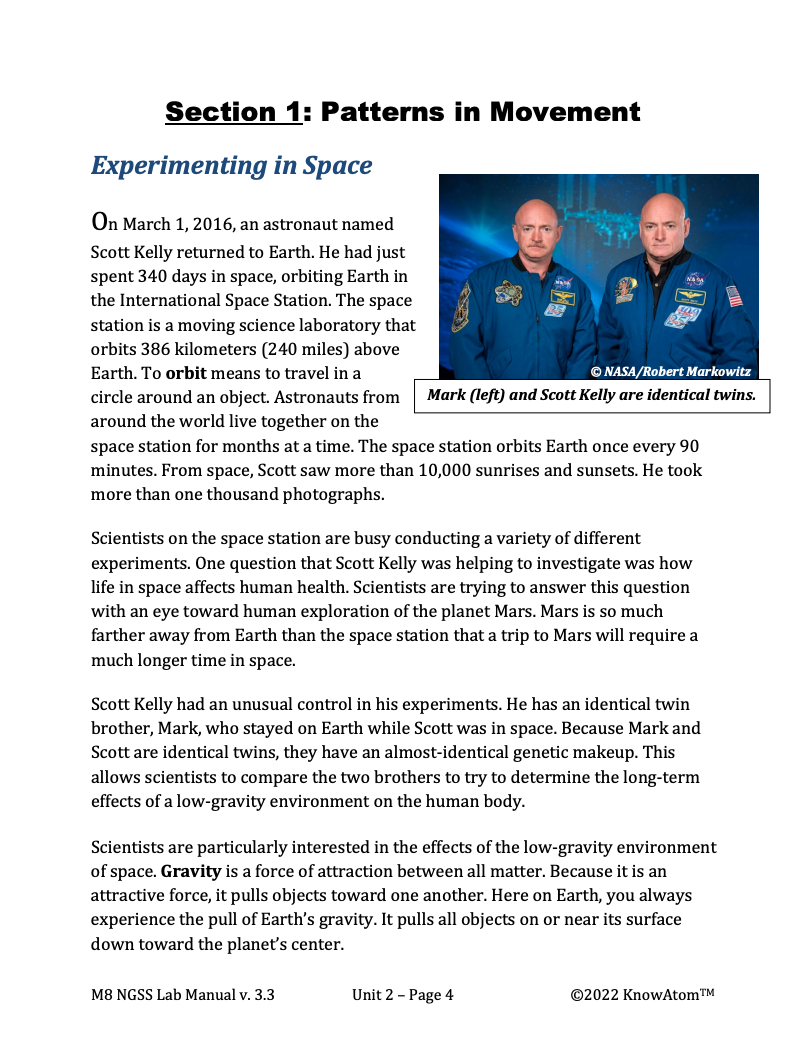
In this unit, students apply what they have previously learned about forces, motion, and matter to the solar system, focusing on the phenomena of gravity’s role in the universe. In this lesson, students engineer a solution to collisions between moving objects in space. This page is a high-level extract of this lesson.
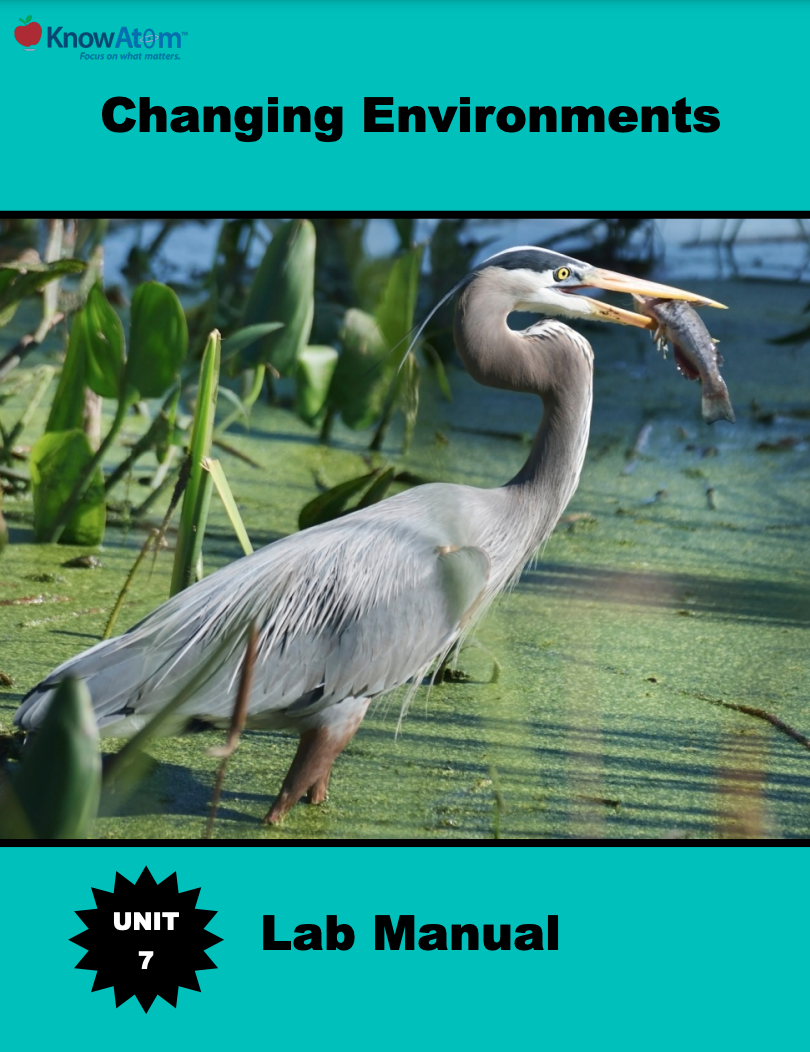
In this unit, students focus on animal populations, studying how all living things interact with and depend on other living things and the environment for survival. For this lesson, students explore how energy and matter move through a particular ecosystem’s food web and can be disrupted by the introduction of invasive species. This page highlights key components of this lesson.
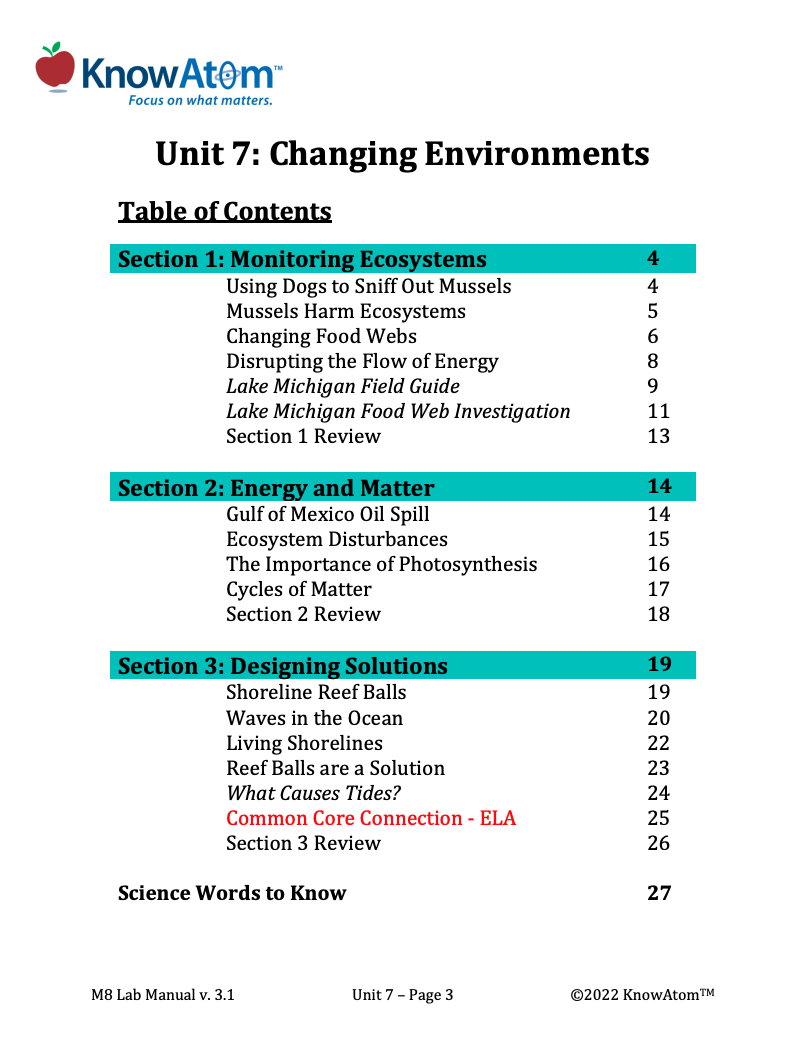
In this unit, students are introduced to the dynamic nature of ecosystems and how disturbances affect them. In this lesson, students observe the effects of an oil spill on the ability of plants to photosynthesize, which can harm an entire ecosystem. This page is a high-level extract of this lesson.
.png)
In this unit, students focus on the phenomena of Earth’s ice as they model how glaciers shape Earth’s surface. In this lesson, they investigate how scientists use ice cores to reconstruct Earth’s past climates and environments. This page is a high-level extract of this lesson.
.png)
In this unit, students explore the phenomena of rocky shore ecosystems, studying the interactions between living things and the environment. In this lesson they focus on the science phenomena of how organisms interact with one another in an ecosystem. This page showcases key elements from this lesson.
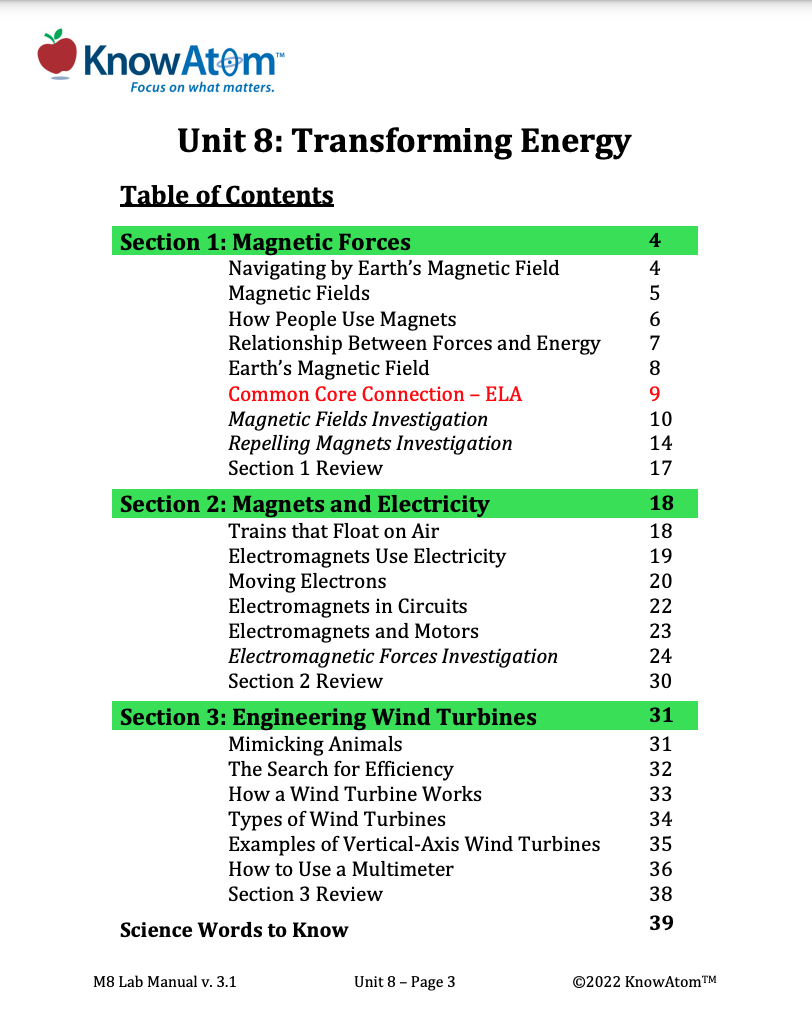
In this unit, students learn about science phenomena related to ecosystems, studying how all living things interact with and depend on other living things and the environment for survival. In this lesson, students explore how humans can create solutions to protect ecosystems by designing an engineering solution for coastal erosion.This page provides an overview of this lesson.
.png)
In this unit, students explore the science phenomena of Earth systems as they interact. Students do this by discovering the importance of water for life on Earth. In this lesson, students figure out groundwater flow by exploring the porosity and permeability of different Earth materials. This page is a high-level extract of this lesson.
.png)
In this unit, students explore phenomena related to the relationship between forces and motion and how energy is converted from one form to another in an energy system. This page is a high-level extract of the first lesson from this unit which has students investigating the connection between an object’s mass and the force needed to change its motion.
Standards citation: NGSS Lead States. 2013. Next Generation Science Standards: For States, By States. Washington, DC: The National Academies Press. Neither WestEd nor the lead states and partners that developed the Next Generation Science Standards were involved in the production of this product, and do not endorse it.
